import pandas as pd
import numpy as np
import matplotlib.pyplot as plt
import matplotlib.dates as dts
def use_matplot():
ax = df.plot(x='year', kind="area" )
years = dts.YearLocator(20)
ax.xaxis.set_major_locator(years)
fig = ax.get_figure()
fig.savefig('output.pdf')
dates = np.arange(1990,2061, 1)
dates = dates.astype('str').astype('datetime64')
df = pd.DataFrame(np.random.randint(0, dates.size, size=(dates.size,3)), columns=list('ABC'))
df['year'] = dates
cols = df.columns.tolist()
cols = [cols[-1]] + cols[:-1]
df = df[cols]
use_matplot()
In the above code, I get an error, "ValueError: year 0 is out of range" when trying to set the YearLocator so as to ensure the X-Axis has year labels for every 20th year. By default the plot has the years show up every 10 years. What am I doing wrong? Desired outcome is simply a plot with 1990, 2010, 2030, 2050 on the bottom. (Instead of default 1990, 2000, 2010, etc.)


